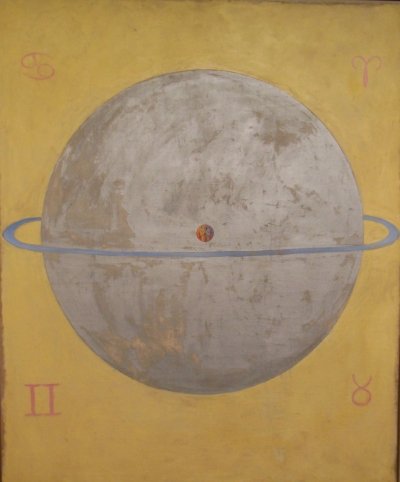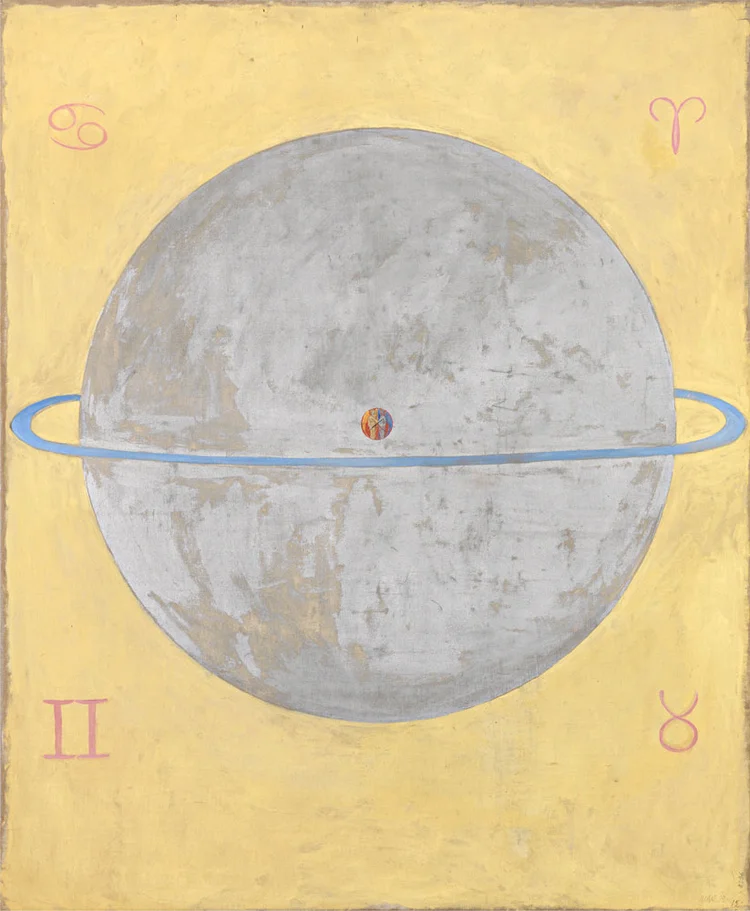And by this magic little thread
That cannot be torn apart,
The sweet and playful girl
Holds me fast against my will;
In her enchanted realm
I must now live as she dictates.
Ah, what a monstrous change!
Love! Love! Let me free!
Goethe, ‘New love, new life’
Anyone seeking alternatives to an existence in stoical self-sufficiency, or individual self-arrest before the mirror, would do well to recall an epoch in which all reflection on the conditio humana had shown evidence that between humans, whether in familiar proximity or on the open market, a restless play of mutual affection was in progress. Long before the idea of the individual as a separate entity established itself, the philosophers of the early Modern Age had made it clear that the interpersonal space was overcrowded with symbiotic and erotic energies that fundamentally deny the illusion of the subject being autonomous. The central law of attraction from person to person as experienced in premodern attitudes is the enchantment of humans through humans. For them fascination is the rule and disenchantment the exception. In the language of tradition this figures as the law of sympathy, which states that love cannot but awaken love, and hatred likewise generates its congenial response. It was the magus of the Renaissance who supplied the vocabulary but already from Plato’s time on it was seen as the realm of the daimonion and was interpreted as the work of eros.
Where desire flares up, an already existent, latent belonging of the subject to the desired becomes manifest, and whatever humans desire from the other is as well a response to the attraction from the other side. In this sense, being and attracting are the same thing. This intersubjective magic is based on the magic of completion as described by Plato in the Symposion with the myth of the human halves passionately striving towards one another. The human is caught in the dramaturgical rhythm of primal completeness, the catastrophe of separation and restoration. This archaic story shares the formal law of the mythical narrative, which is also that of dialectics. Ficino, following Plato, assumes a lost primal presence of the soul in God. Without this ineradicable experience the lover could not carry within himself any guiding idea of the state at which his desire is directed.
Platonism and psychoanalysis, despite their differences as to when the amorous drama originated, do agree in the definition of its form: both teach that the primary eros has its source in an obscured, never entirely forgotten past that could be aroused at any time anew.
Marsilio Ficino (1433-1499) philosopher, priest, astrologer
More than a century after Ficino, Giordano Bruno embedded the magic of intersubjectivity in a general theory of discrete mutual bonds between people. They were drawn to each other, according to his treatise ‘De vinculis in genere’, by a universal bond, vinculum, a cosmic as well as erotic force. It stands for discrete multiple attractions, a play of constantly moving and manifold affiliations, of people caught by magic threads. For the thinkers of that time, magic was a cipher for the art of conceiving of things and living beings as being entangled in interdependencies. At all levels of being the bond of relationship - the power to bind or being bound - took precedence over any being in its solitary state.
What the sixteenth century called the magus was the inquisitive and open minded man who, attentively and artfully, developed his skills in tracing the discrete interdependencies between the things in a highly communicative universe. The magus, the prototype of the philosopher as artist, doctor, alchemist and astrologer, is no less than the intermediary in the world of correspondences, influences and attractions. He is agent and meta-psychologist of the world’s soul, whose universal expansion can be experienced “ by everything being in contact with everything else”.
Giordano Bruno (1548-1600)
(abbreviated version from the chapter in ‘Sphären I', by Peter Sloterdijk, 1998



